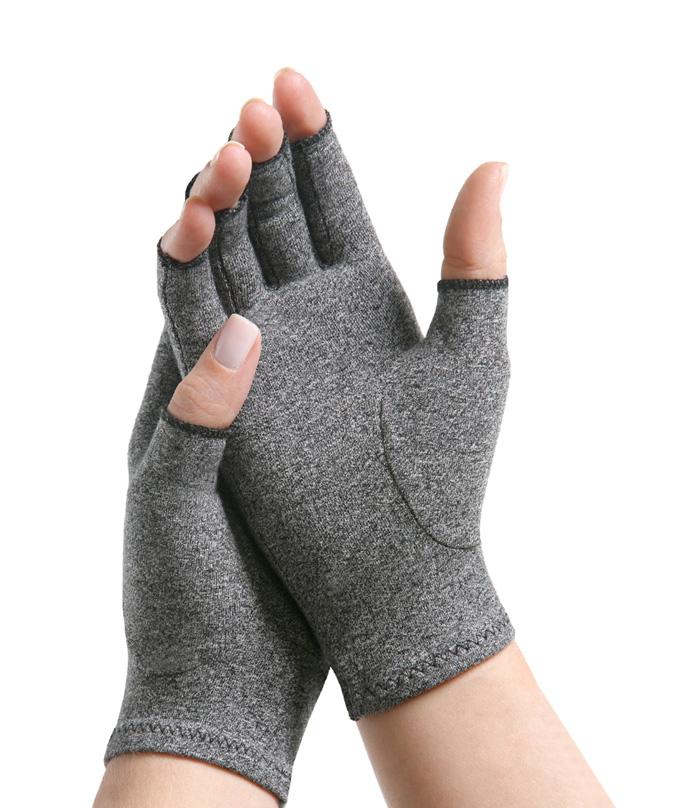Understanding The Anatomy Of The Ankle
 Welcome to our feature on the anatomy of the ankle. The ankle is where the foot meets and connects with the leg. While it is commonly referred to as the ankle joint, there are, in fact, three joints that create the ankle. We’ll discuss the main joint, known as the talocrural joint, and touch upon the two lesser ones, the subtalor, and the transverse tarsal joint.
Welcome to our feature on the anatomy of the ankle. The ankle is where the foot meets and connects with the leg. While it is commonly referred to as the ankle joint, there are, in fact, three joints that create the ankle. We’ll discuss the main joint, known as the talocrural joint, and touch upon the two lesser ones, the subtalor, and the transverse tarsal joint.
These joints are comprised of bones, ligaments and tendons. The unique role of each component contributes to the stability, flexibility and strength of the ankle.
The ankle is a very common site of injury including fractures, sprains and strains which are classified according to whether bone or ligament or tendon are damaged.
Arthritis and bursitis also can affect the ankle. Location and type of pain or sensation is used to determine cause and severity. We’ll also look at ways to avoid injury to the ankle.
Now let’s take a closer look at the ankle and the various parts that make up the anatomy of the ankle.

The Three Ankle Joints
Talocrural Joint is the main ankle joint. Joined by ligaments, it is where the two lower leg bones, the tibia and fibula, attach to the uppermost bone in the foot, the talus. This joint provides movement upward, known as dorsiflexion and downwards which is plantarflexion.
Subtalar Joint is located between the two largest foot bones, the calcaneus which is the heel bone, and the talus. This secondary joint allows for inversion and eversion of the foot (sideways movement in and out).
Transverse Tarsal Joint is situated among several foot bones and allows for abduction (toe out) and adduction (toe in) movement.
A warmth, swelling, ache or sharp pain can be a symptom of damage to the joint itself. Inflammation , bursitis or arthritis can create pain in the joint itself.
The Ankle Bones
Talus is commonly referred to as the ankle bone. It is located on the uppermost part of the foot.
Tibia and Fibula are the two other primary ankle bones. They are the bones located in the lower leg. Both articulate with the Talus of the foot to create the ankle. These bones along with others provide strength and stability to the ankle.
A fracture, sometimes called a broken ankle, is a very common injury which is often difficult to differentiate from a strain or sprain. A fracture involves bones of the ankle while strains and sprains involve ligaments and tendons and muscles. Extreme pain, swelling, and inability to move or bear weight are common symptoms of an ankle fracture of one or more of these bones. Fractures are most often a result of direct impact, accidents, and osteoporosis. The ankle may also appear deformed. X-Ray and sometimes MRI’s are required to determine if and where the fracture is located.
Tendons of the Ankle
Peroneal tendons in the ankle are the two tendons which protect and stabilize the ankle. Tendons attach muscles to the bone. An ankle strain will most commonly involve these tendons. A strain is the stretching or pulling of the tendon beyond its normal position resulting in damage ranging from minute tears to complete rupture. The result can be pain, swelling, warmth to the touch and instability. Tendinitis may ensue which is inflammation of the tendons.
Strains can be a result of a twisting of the ankle, poor shoes, overuse, repeated injury and so forth. If a strain has occurred taping of the weakened ankle is an important preventative measure.
Ligaments of the Ankle
Deltoid ligament is the strongest ankle ligament and is joined by three lesser ones. Ligament is dense elastic tissue which binds the bones of a joint together. A sprain occurs when a ligament is pushed or stretched beyond its normal limit causing instability, swelling, moderate to extreme pain and weakness in the area. A stain is graded from one to three depending on its severity with one being the mildest. Avoiding a strained ankle much like avoiding a strained tendon using care in daily activity. Read our in-depth article on ankle sprains here. You can also check our article for 3 Best Ankle Braces.
In Conclusion...
Now that we’ve reviewed the basic anatomy and mechanics of the ankle we will be better able to identify and understand that there are joints, bones, tendons and ligaments involved in its make-up and injuries can occur amongst any or all of these. Approximately half of injuries to the ankle are sports related. Many ankle injuries can be avoided by taking care and precaution and most ultimately can be treated without surgery can be supported by using ankle braces/support.
Images (c) Can Stock Photo






Leave a comment